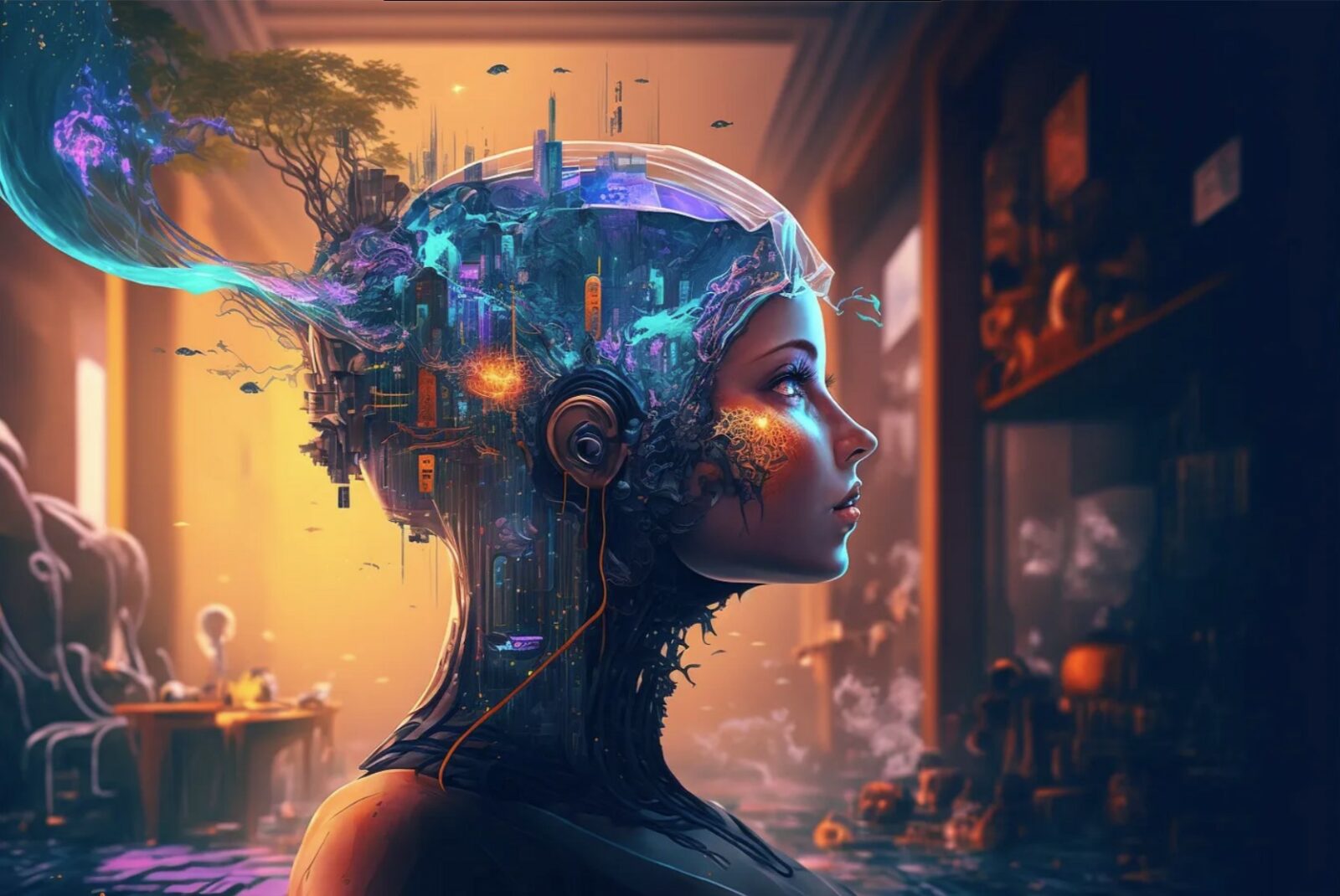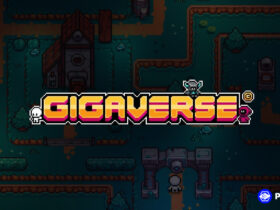The metaverse caught a lot of attention not long ago with Facebook announcing its rebrand, capturing the imagination with its promise of a new, digital existence to go alongside our experiences in reality.
But with the shift towards AI technology, it sometimes seems that the metaverse has fallen by the wayside, unable to generate the levels of excitement it once did.
The ambitions of the metaverse have stumbled across obstacles like the lack of a unified platform, the high cost of entry, and the absence of any compelling content or, to put it simply, things to do.
Due to these issues, interest in the metaverse is on the wane. Microsoft notably shut down AltSpaceVR, its virtual workspace business unit, last year, while reducing its investment in HoloLens. Disney canceled its entire metaverse project, and Meta Platforms itself has put more emphasis on AI innovation at the expense of its virtual world pursuits.
AI Fuels Metaverse Innovation
The metaverse has many critics, who dismiss the entire concept as a flawed idea, but there’s a compelling argument to be made that the buzz and hype simply appeared too soon. For it’s difficult to deny the immense potential of its underlying technologies, including virtual reality, augmented reality and, increasingly, AI itself.
Since late 2022, most of the hype in the tech world has been around generative AI with its compelling applications that can have an instant impact on productivity, such as text, image and video generation.
However, innovations around AI could help to boost progress in the metaverse and nudge it further towards the mainstream. Meta seems to think that’s the case, and in a blog post this year it outlined how its pivot to AI will enable superior virtual world experiences.
One of the things it’s working on is a concept called “portable artificial intelligence”, which refers to large language models (like ChatGPT) that can run locally on devices such as VR headsets. Such technology could pave the way for more powerful VR and AR devices to power informative heads-up displays that can react in real-time, increasing their usefulness in real-world scenarios.
An example of this is its Meta AI technology that integrates with its Ray-Ban Meta smart glasses, which supports multimodal AI features. It enables wearers to look at objects and ask questions about them in real-time, Meta explained. It can also translate whatever the user is looking at on the fly, such as a foreign language menu.
NFTs Continue To Evolve
Innovation continues apace elsewhere in the metaverse, particularly towards the goal of a device-independent digital world that’s not owned by a single, giant corporation. Proponents of the metaverse say that, for the concept to succeed, there needs to be a way to link all of the virtual worlds users will experience, which requires interoperability.
The interoperable metaverse is one of the main goals of a startup called Somnia, which also believes in the necessity of cryptocurrency and digital assets to foster virtual economies. Its latest initiative is called the Canvas Builder, and it’s part of a wider effort to boost the interoperability of NFTs, another key element of the metaverse. NFTs are unique digital assets based on blockchains, and they represent metaverse objects such as people’s avatars, identities and accessories.
With its Canvas Builder, Somnia is giving users the ability to showcase their NFTs in the Somnia Playground. It provides a simple way for metaverse users to convert any image, including NFTs and regular 2D artworks, into a 3D metaverse painting that can be displayed at virtual art galleries. It enables users to enhance their creative expression and personalize their metaverse spaces by bringing their NFT assets to life within the virtual realm.
Quietly, metaverse innovation continues to accelerate. At CES 2024, Siemens announced it’s working with Sony on an Immersive Designer solution that utilizes XR head-mounted displays to enable collaborative, metaverse-based design and engineering. Meanwhile, Porsche is working on the concept of virtual reality-based driving experiences, where people can go for virtual rides in its newest vehicles that replicate how they feel when being driven in real life. Its project is blockchain-based, and the cars are represented as NFTs, so they can be bought and sold in digital worlds.
These trends suggest that the metaverse is not so much on the wane. Rather, it’s more a work in progress, and the virtual worlds we see and live today provide just a glimpse of what the finished article will be. The metaverse’s potential to deliver transformative experiences remains very real, and as the technology improves, it’s looking more likely that the initial hype simply appeared way before its time.























STAY ALWAYS UP TO DATE